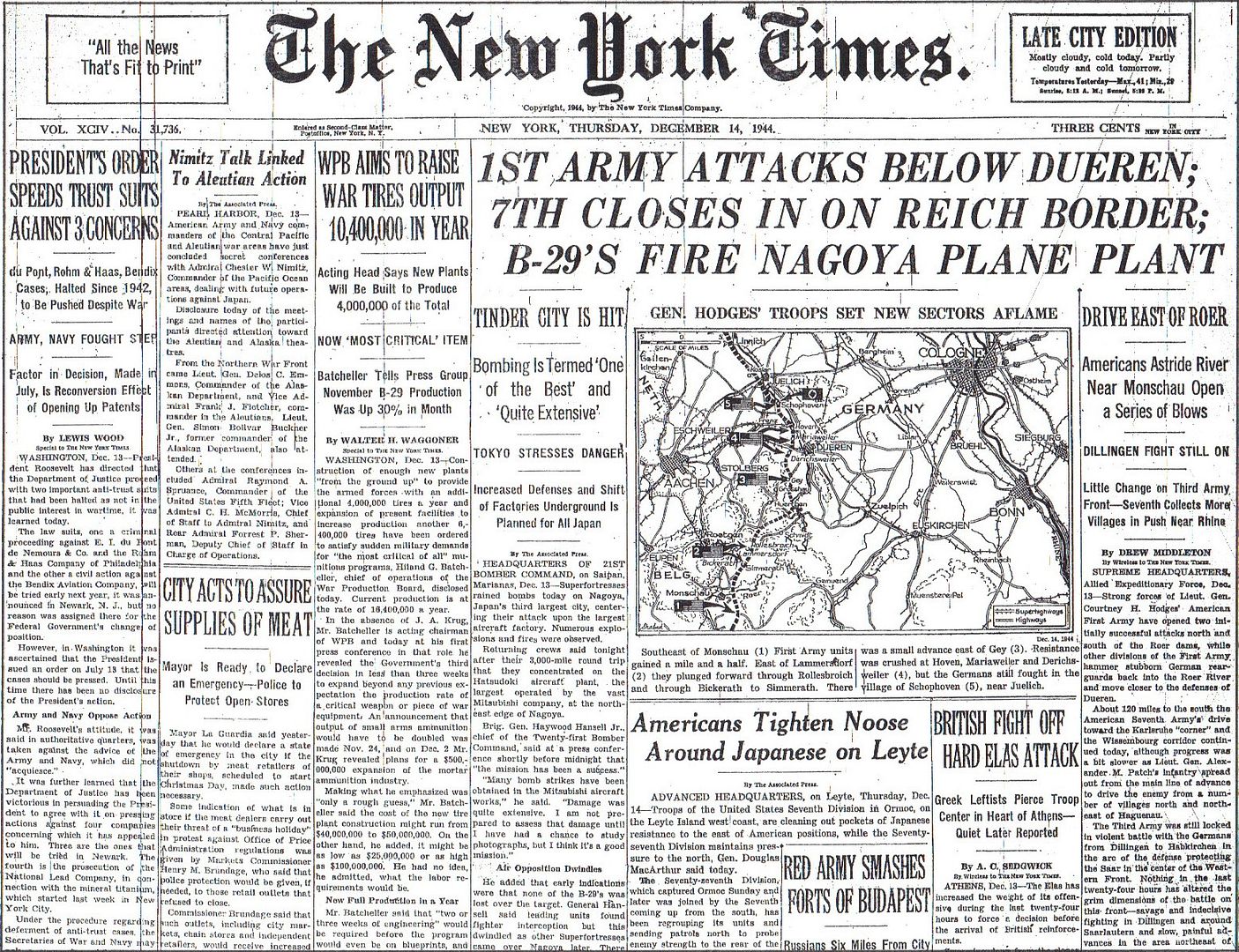
Posted on 12/14/2014 4:58:02 AM PST by Homer_J_Simpson

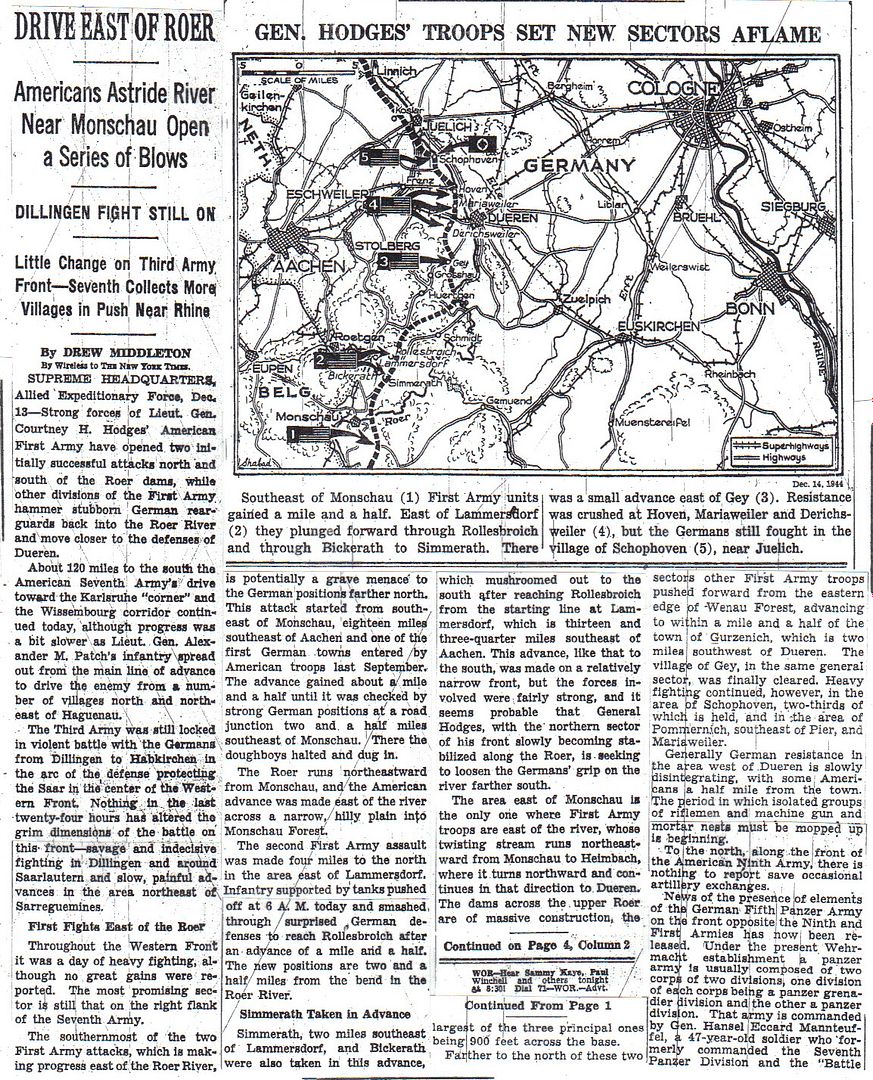
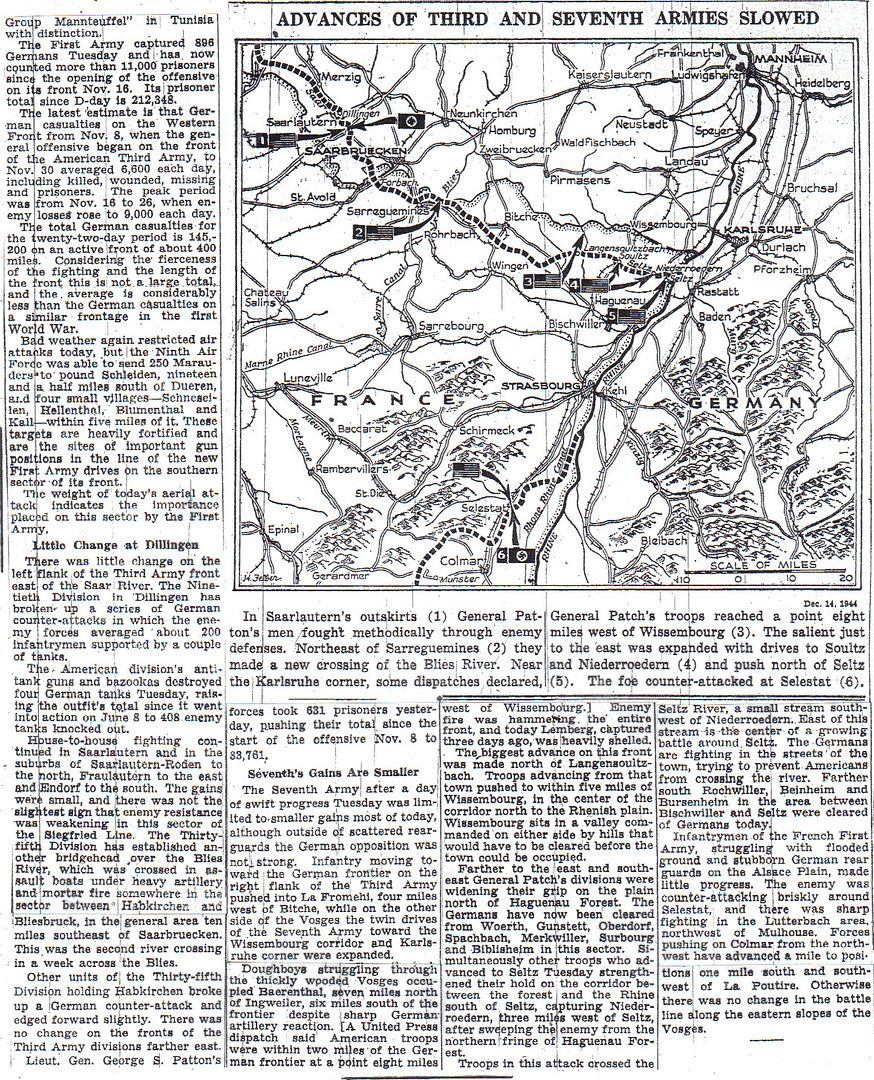
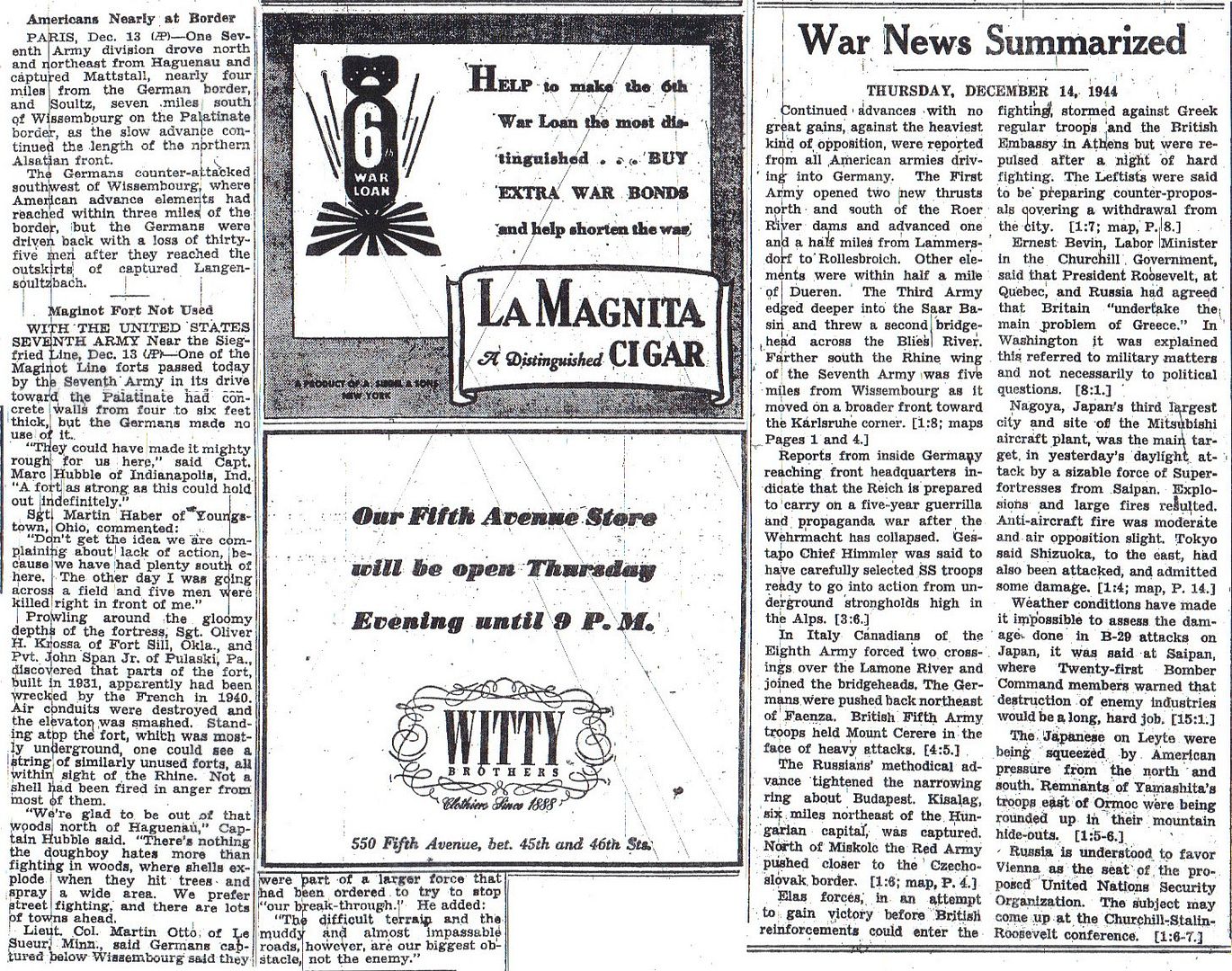
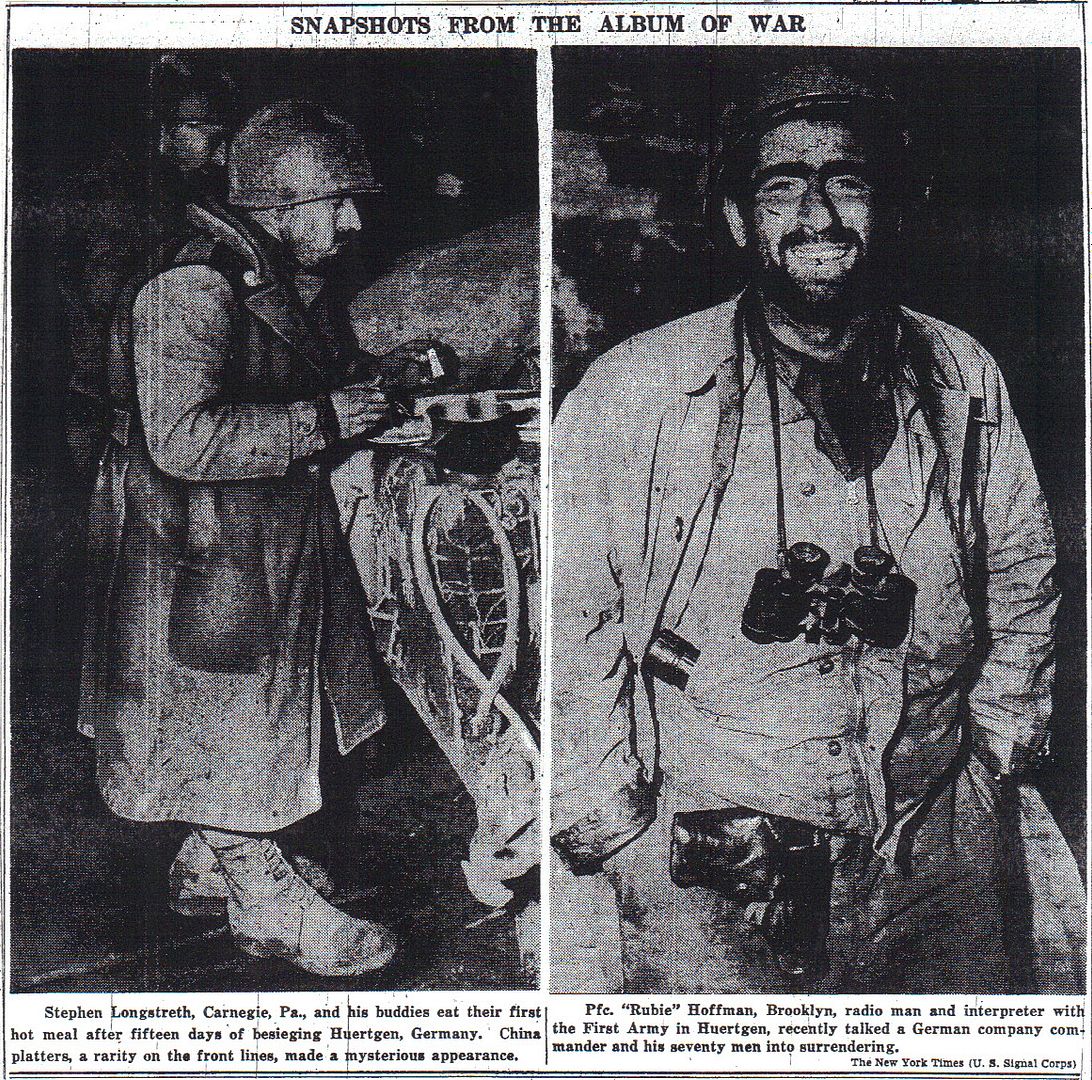
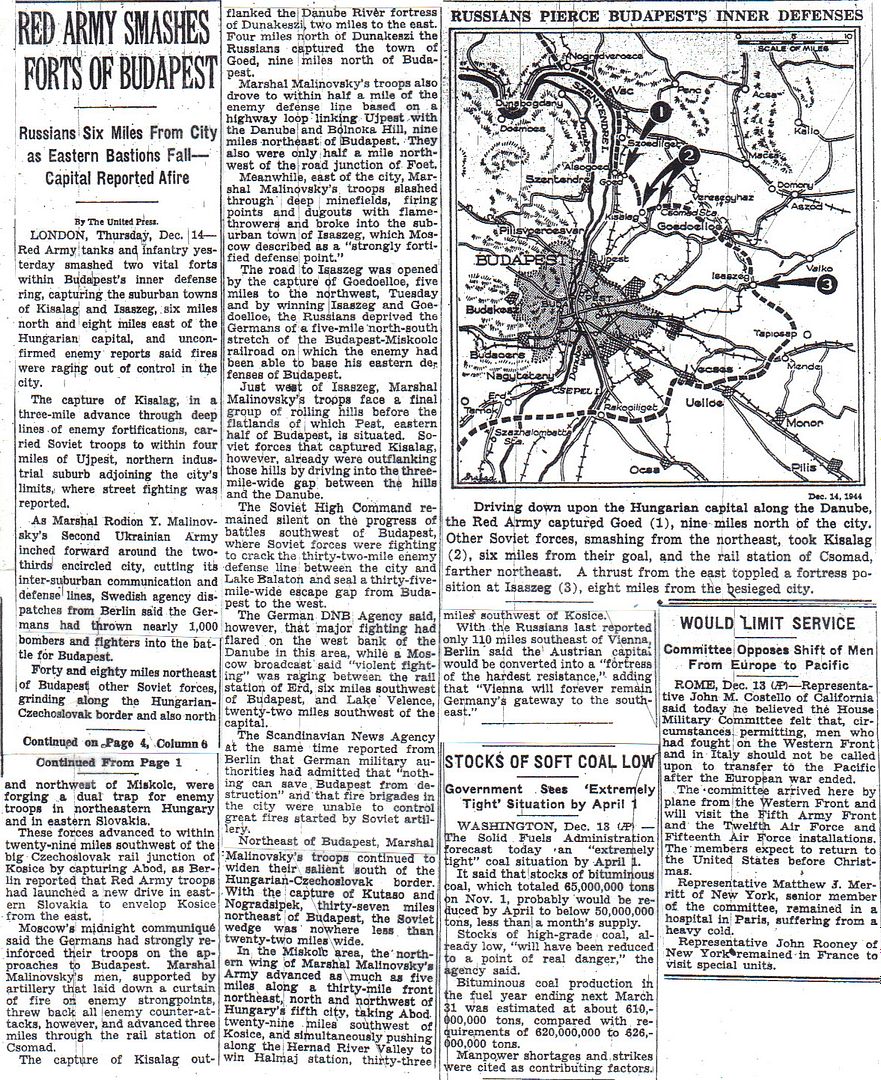
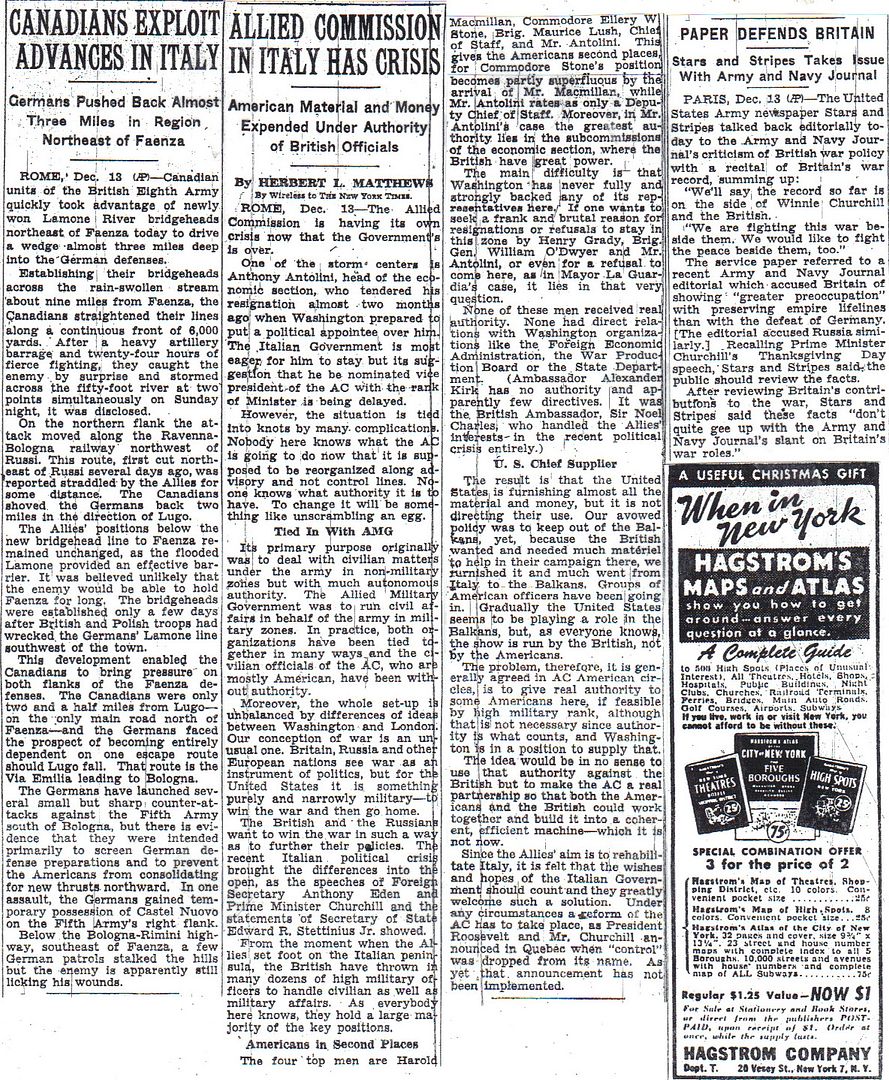
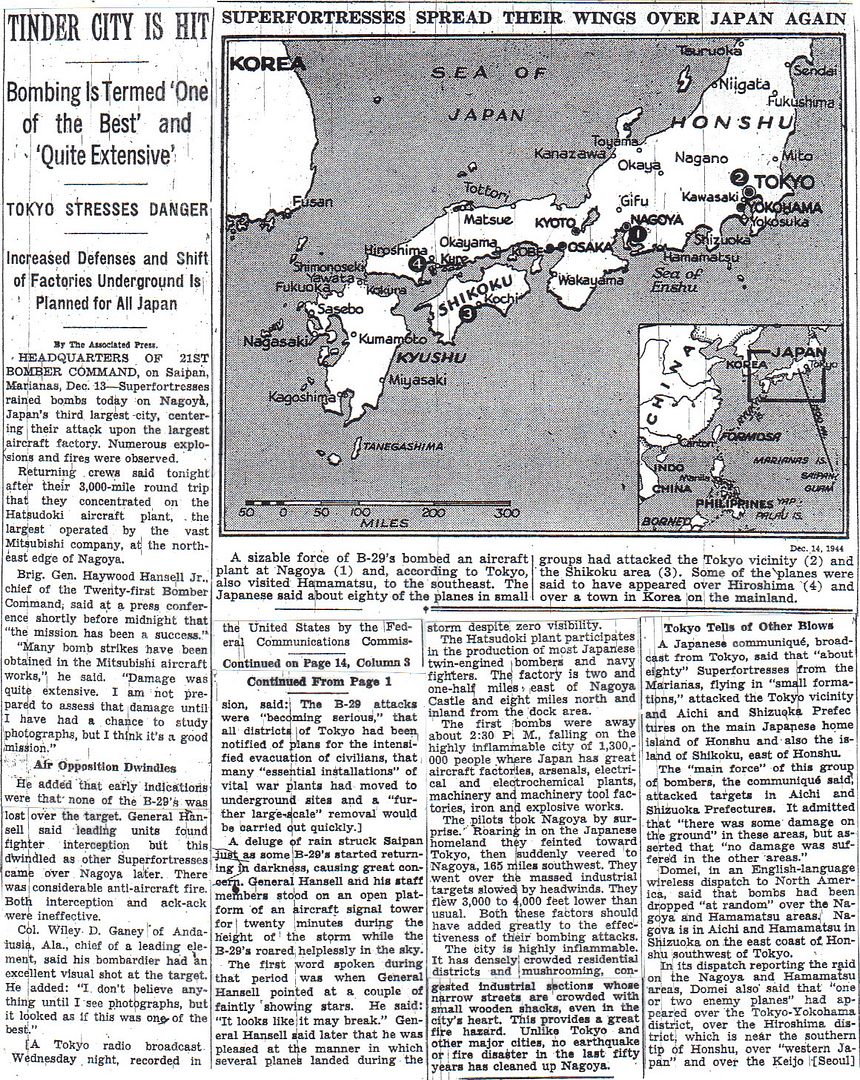
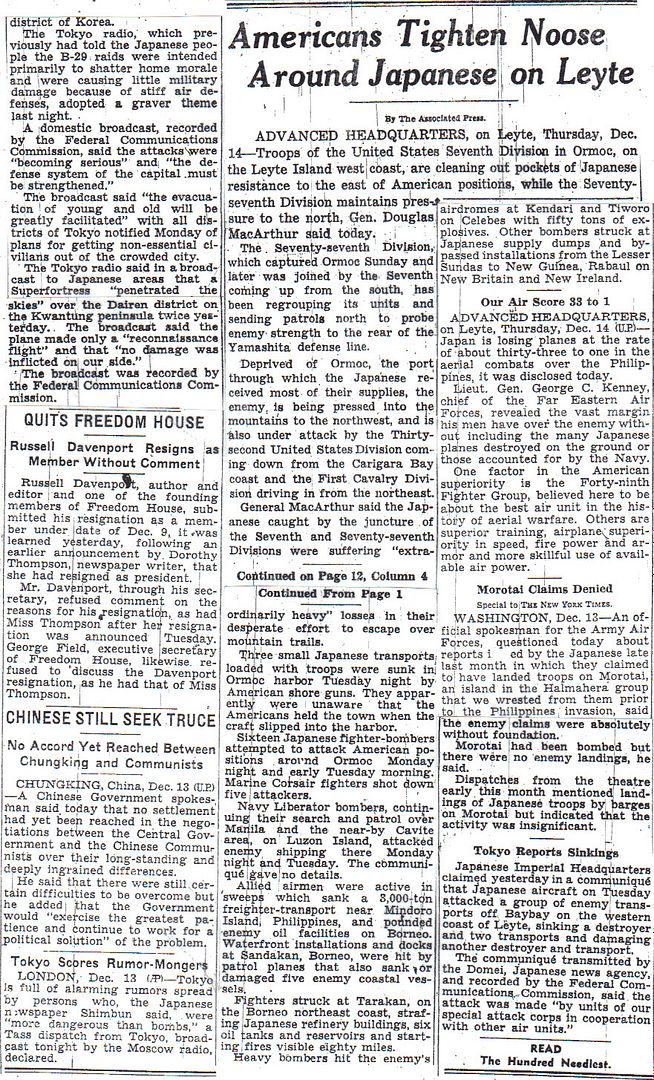
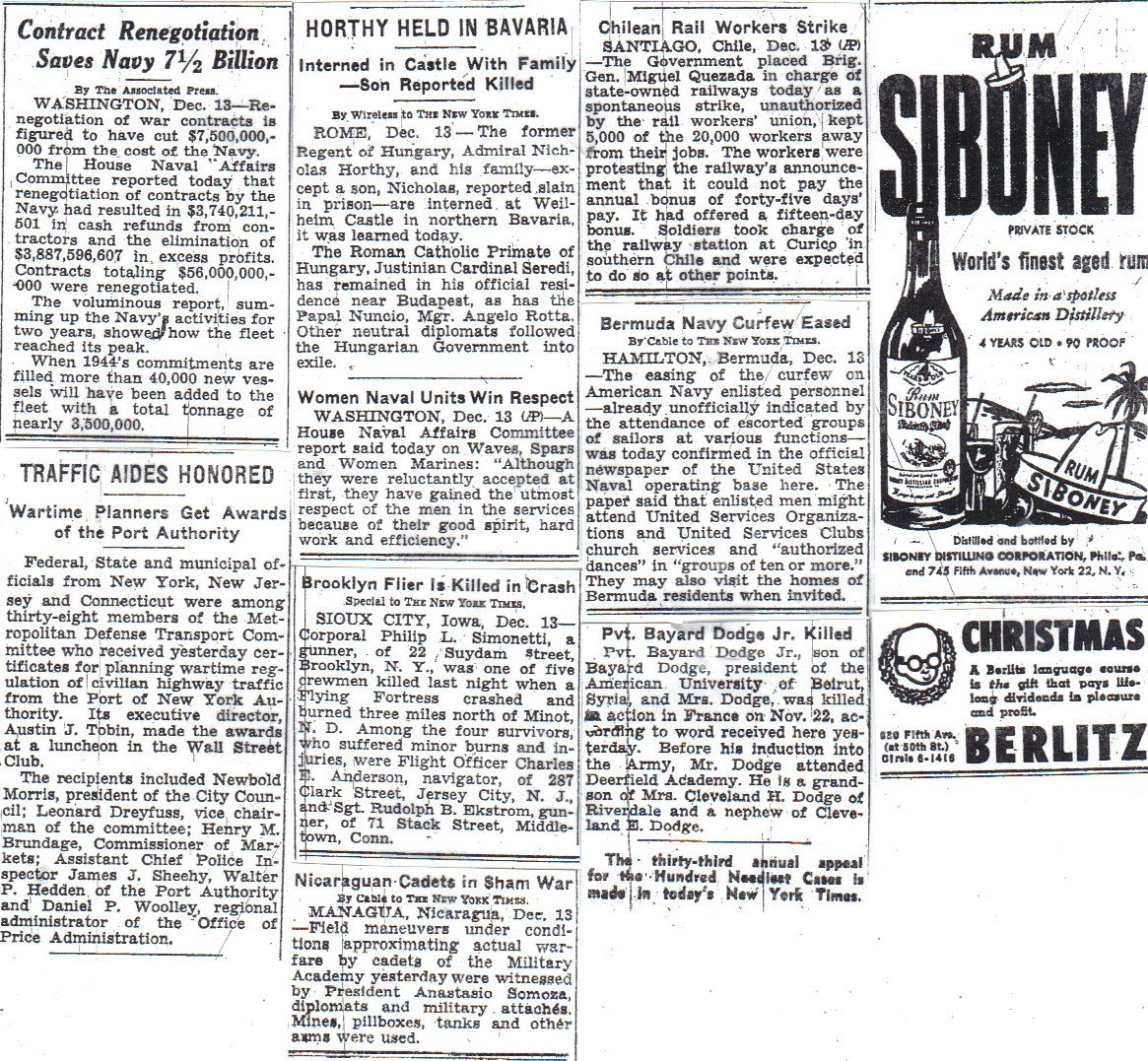
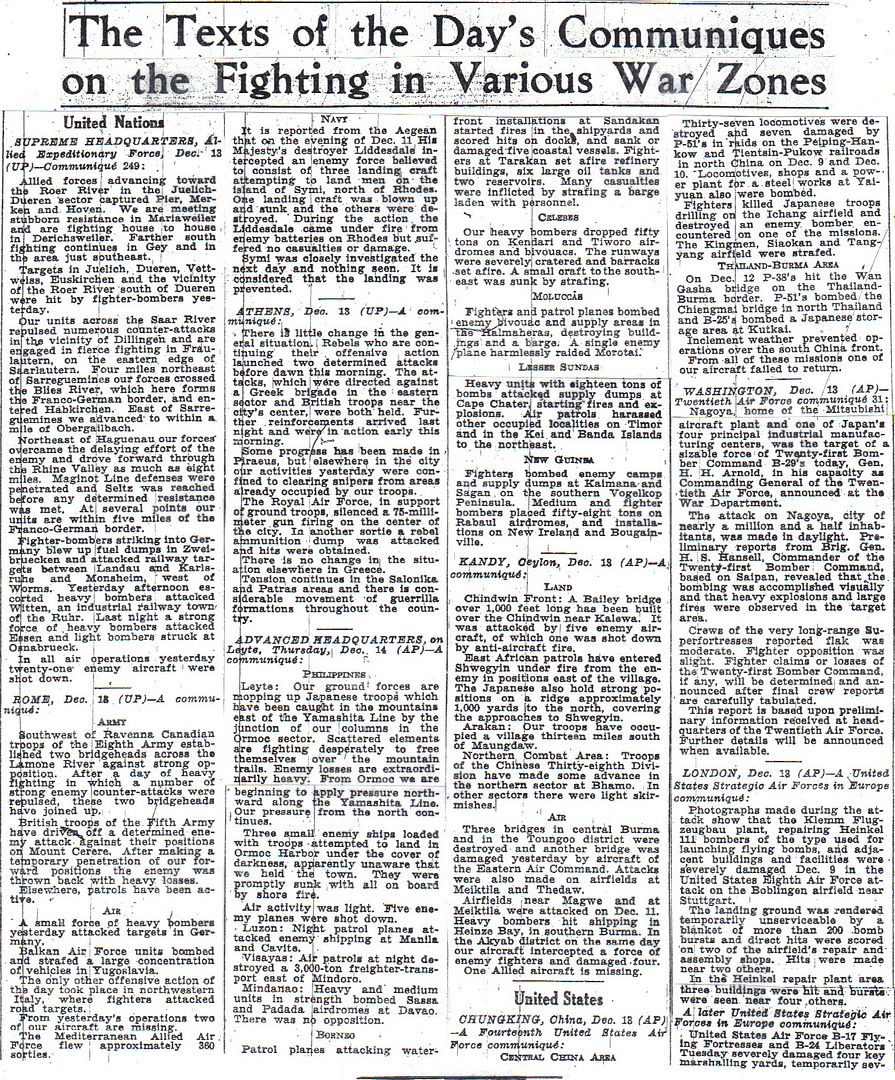
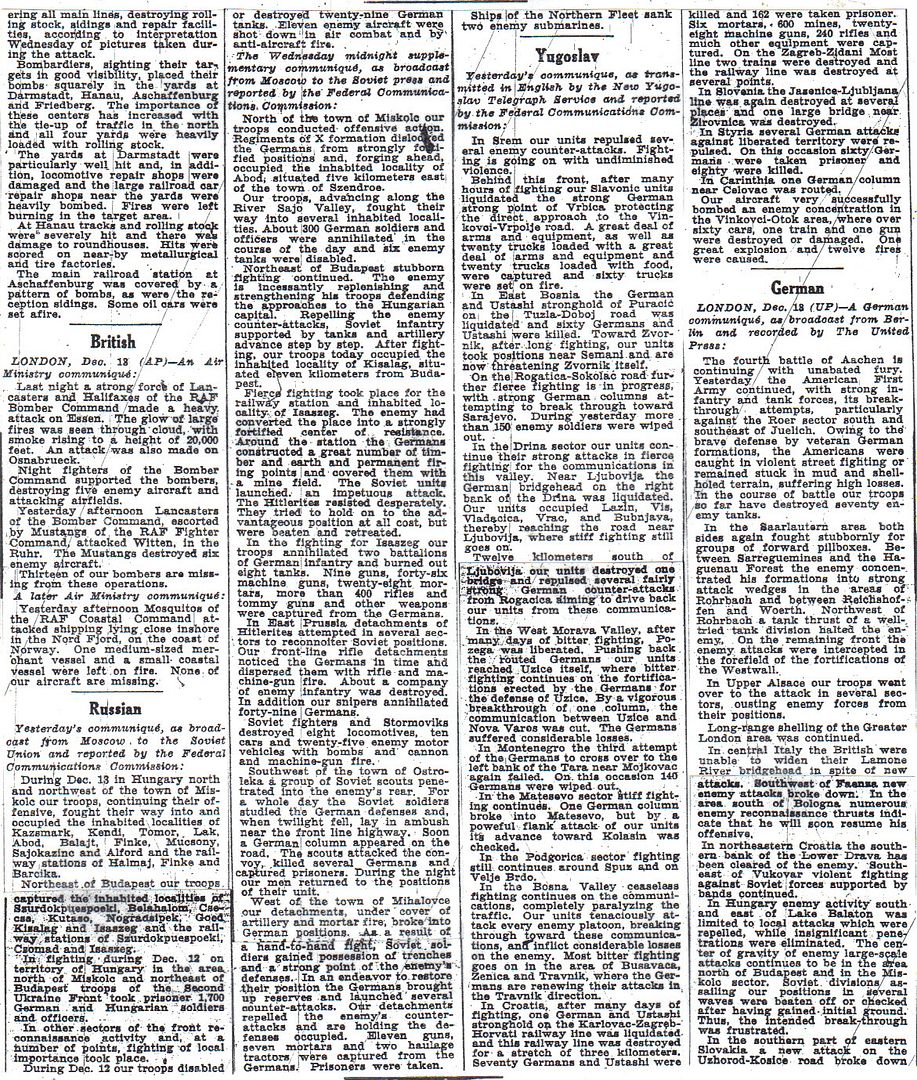
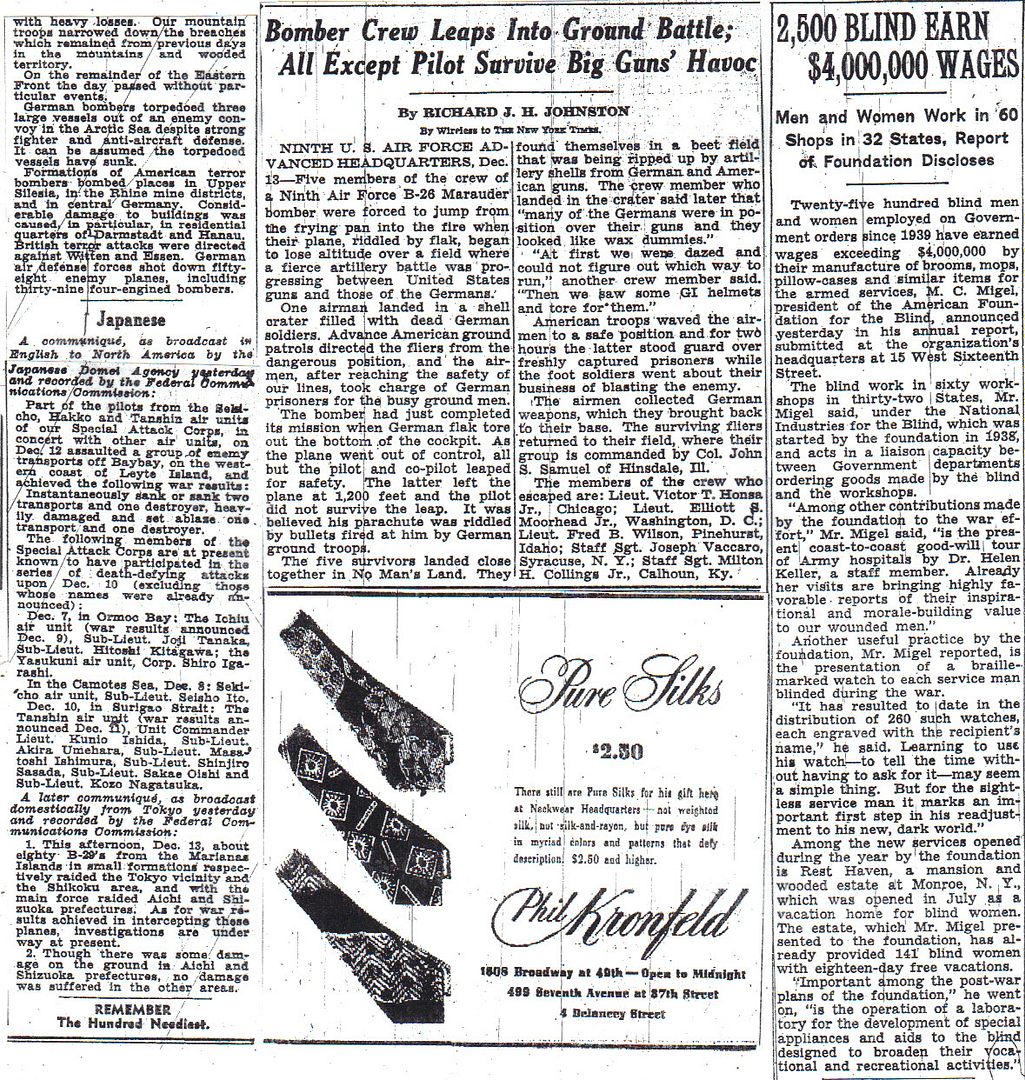
“Some idea of the difficulties of the advance can be gained from the Army’s official history of the campaign: “Every bend of the road was lined with foxholes dug into the banks of the road and spider holes dug underneath the roots of trees and under logs on the hillsides. It was bitter, close hand to hand fighting, and because of the steepness of the terrain, and denseness of the tree growth, the inaccuracy of maps and the nearness of adjoining units, artillery and mortar fire could not be used to its full advantage in reducing these positions.”” (Blakeley 190)
“The Japanese were well entrenched on a series of ridges overlooking Highway 2. A heavy rain forest covered the ridges and the deep ravines in between. The enemy had carefully selected his defensive positions and camouflaged his machine guns, which were flanked by hidden riflemen. Targets could not be spotted beyond a range of about seventy-five feet. The employment of mortars was very limited because of the lack of visibility, and the hazards of tree burst were equally dangerous to both the Japanese and the Americans. The troops had to “approach within spitting distance of the [Japanese machine] guns” before they could locate the weapons.” (Cannon 339)
“The main Japanese defensive line had been reached. By 14 December the 32D Division had advanced more than two miles south of Limon. The 77TH Division had crushed the Cogon defenses and was in a position to drive north and make juncture with elements of X Corps. The northern and southern entrances to Ormoc Valley were denied to the Japanese. The jaws of the Sixth Army trap were starting to close.” (Cannon 328)
“Although it was often unknown to the front line troops, repeated Japanese attempts to bring in reinforcements both by sea and by air were a constant source of concern to senior officers.” (Blakeley 190)
http://www.onwar.com/chrono/1944/dec44/14dec44.htm#
Canadians expand Lamone bridgehead
Thursday, December 14, 1944 www.onwar.com
In Italy... Canadian elements of British 8th Army are engaged in an effort to widen the bridgehead over the Lamone River. Canadian forces drive the defending German forces back toward the Canale Naviglio.
On the Western Front... German forces counterattack French 1st Army at Colmar in Alsace, capturing an important height dominating the main Mulhouse-Belfort road at a point 25 miles southwest of Mulhouse. Meanwhile, US 3rd Army continues advancing east of Sarreguemines while US 9st Army reaches the Roer River bank.
On the Eastern Front... German reinforcements enter the line between the outskirts of Budapest and Lake Velencze.
In Liberated Greece... After a few hours lull, shelling resumed in the center of Athens. Negotiations for an armistice between the British supported Greek government and the Communist rebels are in progress. The appointment of the Archbishop of Athens as Regent has been suggested.
In the Philippines... US Task Force 38 (Admiral McCain) launches air strikes on airfields throughout Luzon. TF38 includes 13 carriers, 8 battleships and numerous cruisers and destroyers. The attacks are in support of the American landing on Mindoro.
http://www.etherit.co.uk/month/11/14.htm
December 14th, 1944 (THURSDAY)
UNITED KINGDOM: London: The Greater London Plan is published, advocating the creation of a “green belt” around the capital and the transfer of a million people to ten new towns.
FRANCE: In the U.S. Seventh Army’s XV Corps area, elements of the 100th Infantry Division attacking Fort Schiesseck, near Bitche, are pinned down by German fire. In the VI Corps area, Lembach falls to the 45th Infantry Division. The 103d Infantry Division encounters strong rear-guard opposition at Climbach while the 79th Infantry Division column drives to the outskirts of Lauterbourg.
GERMANY:
In the U.S. Ninth Army’s XIX Corps area, the 30th Infantry Division troops finish clearing the region between the Inde and Roer Rivers.
In the U.S. First Army’s VII Corps area, a factory between Mariaweiler and Dueren is cleared of German troops. The V Corps continues their offensive but makes little headway.
In the U.S. Third Army’s XX Corps area, the 90th Infantry Division continues attack preparations. Vehicular ferry is put out of action by German fire. The 95th Infantry Division makes little progress in expanding the Saarlautern bridgehead. In the XII Corps area, the 35th Infantry Division continues the battle for Habkirchen, crossing the 2d Bn and Company K of the 134th Infantry Regiment over the river to join in the attack. A Bailey bridge is put across the river to the the village, during the night of 14/15 December. The 87th Infantry Division, which has been moving toward Rimling, takes that village, but resistance is stiffening.
Bad weather grounds the USAAF Ninth Air Force bombers but fighters fly armed reconnaissance, hit rail targets and bridges, and support the U.S. 2d and 99th Infantry Divisions in the Monschau Forest, the 8th Infantry Division in the Bergstein area, the 78th Infantry Division in the Simmerath-Resternich area, and the XII and XX Corps around Habkirchen and Saarlautern.
U-3026, U-3523, U-3524, U-4701 launched
U-3515 commissioned.
ITALY: The British 8th Army mounts attacks to widen their bridgehead over the Lamone River.
In the U.S. Fifth Army’s British XIII Corps area, the 6th Armoured Division loses contact with elements within Tossignano and fighting for this objective ceases after futile efforts to take it.
In the British Eighth Army area, the Polish II Corps renews their offensive, during the night of 14/15 December, pushing forward to the left of the Corps and in conjunction with it. The Corps, after regrouping, jumps off, during the night of 14/15 December, with the Indian 10th Division on the left and the New Zealand 2d Division on the right, the Indian 10th Division attacking toward Pergola ridge and the New Zealand 2d Division in the Colic area, west of Faenza. In the Canadian I Corps area, the 5th Armoured Division forces the Naviglio Canal to the right of the 1st Division and establishes a bridgehead.
USAAF Twelfth Air Force medium bombers score effective hits on railroad bridges at Parma and Chivasso. Fighters and fighter-bombers attack rail lines north of the immediate battle area and in the Po River Valley and hit guns and occupied areas on the U.S. Fifth Army front south of Bologna.
MEDITERRANEAN SEA: Destroyer HMS Aldenham (L 22) bombard a German-held island off Fiume, Yugoslavia, is mined in the Adriatic 45 miles SE of the port of Pola (now Pula) at 44 30N 14 50E. The 63 survivors are rescued by HMS Atherstone. (Alex Gordon)(108)
BURMA: In the Northern Combat Area Command area, the Japanese garrison of Bhamo prepares to withdraw. The U.S. 475th Infantry Regiment (Long Range Penetration, Special) repels another Japanese attack on Tonk-wa, after which their activity subsides to patrolling; makes patrol contact with the British 36th Division at Katha.
Twelve USAAF Tenth Air Force B-25 Mitchells again bomb the supply and personnel area at Mongmit. The Bodegon railroad bridge is severely damaged by four P-47 Thunderbolts while 48 P-47s hit troop concentrations, supplies, and areas of active enemy movement at Panghkam, Hohai, Dobin, Kyaukpyintha, and Ho-naw and Nawngkyaung and Kunlong, China. Four others support ground forces near Tonkwa.
Six USAAF Fourteenth Air Force B-25 Mitchells bomb Loi Mwe.
THAILAND: The USAAF Twentieth Air Force’s XX Bomber Command flies Mission 20: 48 B-29 Superfortresses, flying out of the Calcutta, India area, are dispatched to bomb a railroad bridge at Bangkok; 33 hit the primary and 14 others hit targets of opportunity and alternate targets. They claim 0-1-0 Japanese aircraft; four B-29s are lost.
COMMONWEALTH OF THE PHILIPPINES : A series of air strikes against airfields on Luzon begins today. Lasting through the 16th, these strikes are from TF 38 under Admiral McCain. They will mount 1670 sorties, of which 250 are fighters. Losses: US 65 aircraft; Japanese 170 aircraft.
On Palawan Island, 150 American POWs are incarcerated in a POW enclosure situated on top of the cliffs overlooking the Bay of Puerto Princesa. While working on the construction of an airfield they are made to dig three trenches 150-feet (46 meters) long and 4.5-feet (1,4 meters) deep within the camp. They are told that the trenches are air-raid shelters and practice drills are carried out. The shelters are small and cramped, the prisoners sitting bunched up with their knees under their chins.
When a USN convoy is sighted heading for Mindoro Island, an air-raid alarm is sounded. The Japanese guards, thinking the island is about to be invaded, herd the prisoners into the covered trenches and then proceed to pour buckets of gasoline (petrol) into the entrances followed by a match to ignite the fuel. As the prisoners storm the exits, their clothes on fire, they are mowed down by light machine-gun fire or bayoneted, shot or clubbed. Dozens manage to get through the barbed wire and tumble down the 50-foot (15 meter) high cliff to the waters edge only to be shot at by a Japanese manned landing barge which is patrolling the shore. Only five survive by swimming across the bay and reaching the safety of a Filipino guerrilla camp. One prisoner, who tries to swim the bay, is recaptured and brought back to the beach. There, he suffers the agony of having gasoline poured on his foot and set alight. His screams delight the guards who then deliberately set fire to his other foot while at the same time prodding and stabbing his body with bayonets until he collapses. His body is then doused with gasoline and cremated. His remains, and the bodies of the other dead on the beach, are then buried in the sand. U.S. Forces capture Puerto Princesa on
25 February 1945, and weeks later discover 79 skeletons within the enclosure and they are given a proper burial. In all, 145 Americans are killed.
The orders to kill the prisoners came from the Japanese High Command. (Jack McKillop and Peter Kilduff)
In the U.S. Sixth Army’s X Corps area on Leyte, the 126th and 127th Infantry Regiments, 32d Infantry Division, pressing slowly southward down Highway 2, come up against the Japanese main line of resistance on a series of ridges commanding the highway and for the next few days can make only minor gains. The 2d Squadron, 7th Cavalry Regiment (Infantry), 1st Cavalry Division, succeeds in dislodging the Japanese from the ridge southeast of Limon. The 12th Cavalry Regiment (Infantry), which has been patrolling in the Mt Cabungaan area, is ordered west to block Highway 2 south of the 32d Infantry Division and then attack north toward that division. In the XXIV Corps area, the 305th Infantry Regiment, 77th Infantry Division, reduces the opposition in the Cogon area, Task Force Freeman taking the blockhouse and road junction north of Ormoc to sever the Japanese line of communication. The 32d Infantry Regiment, 7th Infantry Division, is advancing steadily over precipitous terrain toward 511th Parachute Infantry Regiment, 11th Airborne Division.
USAAF Far East Air Forces B-24 Liberators bomb airfields on Negros Island and B-25 Mitchells hit Zettlefield airdrome on Jolo Island. Other planes carry out sweeps, armed reconnaissance, and light raids against various targets in the central Philippine Islands, Luzon, Mindanao and Palawan Islands.
Aircraft of the USN’s Third Fleet’s fast carrier groups begin attacks on Japanese airfields on Luzon. The Japanese continue air attacks on the Mindoro-bound task groups of USN Seventh Fleet.
Twenty four Australian (PBY) Catalinas of Nos. 11 and 43 Squadrons, begin operations from Leyte conducting a minelaying mission in Manila Bay, Luzon.
EAST INDIES: USAAF Far East Air Forces B-25 Mitchells bomb Namlea on Buru Island. Other planes carry out sweeps, armed reconnaissance, and light raids against various targets one Halmahera Island, northern Borneo, and the Sulu Archipelago.
AUSTRALIA: Frigate HMAS Shoalhaven launched.
CANADA:
Tug HMCS Youville assigned to Halifax, Nova Scotia.
Corvette HMCS New Westminster departed Londonderry for refit Saint John, New Brunswick.
U.S.A.: The motion picture “National Velvet” premieres at the Radio City Music Hall in New York City. Directed by Clarence Brown, this family drama stars Mickey Rooney, Elizabeth Taylor, Donald Crisp, Angela Lansbury and Reginald Owens.
The temporary grade of “General of the Army” and “Fleet Admiral” (five-star) is approved by Public Law 482, 78th Congress.
In baseball, major-league baseball representatives, who are meeting in New York City, decide to allow ball clubs to play night games any day except Sundays and holidays, providing the visiting team agrees. They also agree to prohibit the scheduling of any football games before the home team’s baseball season ends.
Aircraft carrier USS Boxer launched.
ATLANTIC OCEAN: During the night of 14/15 December, RAF Bomber Command dispatches 30 Lancasters and nine Halifaxes on minelaying missions. Nineteen aircraft lay mines in the Kattegat, the broad arm of the North Sea between Sweden and Denmark, and 18 lay mines in the Laeso Rende Strait between the Danish mainline and Laeso Island.
Rare color photograph:

http://www.history.army.mil/html/books/072/72-26/CMH_Pub_72-26.pdf
Hitler’s great gamble began during the nights of 13, 14, and 15 December, when the initial assault force of German armor, artillery, and infantry gradually staged forward to attack positions along the Belgian-German-Luxembourg border. This mustered force, with more than 200,000 men in thirteen infantry and seven panzer divisions and with nearly 1,000 tanks and almost 2,000 guns, deployed along a front of 60 miles—its operational armor holdings equaling that on the entire Eastern Front. Five more divisions moved forward in a second wave, while still others, equipped with at least 450 more tanks, followed in reserve.
Unfortunately, those early bombing raids on Japan from high altitude were not very effective because the high altitude winds caused a lot of bombs to way miss their targets. It wasn’t until the USAAF adopted low altitude night bombing using incendiary bombs that the bombing campaign became really effective.
The Palawan massacre of POWs was referenced in the early part of the movie “The Great Raid”.
Son of the former president of American University of Beirut (then in Syria, it's funny how cities move from country to country ...).
Per Wikipedia: Bayard Dodge (1888–1972) was an Islamic scholar and former president of the American University in Beirut. He graduated from Princeton University in 1909. Dodge succeeded his father-in-law, Howard Bliss, as president of the American University in Beirut, then known as the Syrian Protestant College, in 1923. He would serve as president until he retired in 1948; afterwards he taught at several universities. His son, David S. Dodge, would later serve the same role. Dodge wrote a comprehensive history of Al-Azhar Mosque in 1961, a work that remains among the most complete histories of one of the most well known mosques and universities in the Arab world.
http://www.nytimes.com/2012/08/12/fashion/weddings/caitlin-mccarthy-bayard-dodge-weddings.html?_r=0
This is a wedding announcement from 2012 for a Bayard Dodge. He's the umpteenth Bayard Dodge, apparently, but the announcement makes the connection with the (now) International College of Beirut, Lebanon.
Our WASP aristocracy ...
Stephen Longstreth appears to have survived the war and passed away in 1983. Couldn't find anything on the radioman "Rubie" Hoffman of Brooklyn.
It’s easier to follow up on a mentioned serviceman if he has a distinctive name. There must have been thousands of New York Hoffmans in the war!
Any idea what unit that is?
That's for sure.
"One day, before the “Bulge” started, I made a trip into Belgium looking for two trucks that were misplaced, and my first night up there was an eventful one, as the Jerries were sending those buzz bombs over in convoys that night. They made such a roar that they seemed to be about treetop height, but it was impossible to see them as the fog was so bad. It was at this time the Germans were supposed to have dropped several paratroopers near there and they were checking everyone, and I nearly wore out my identity card in one evening as there were checkers on every corner. The next day I finished my business and was more than glad to get out of that part of Belgium. About two days later the Germans started their large attack and the Bulge was the result. Many of our men spent quite a few days working up and around the Bulge hauling men and supplies, and it was very cold up there, too-- the trucks came home afterwards packed with snow and ice. They really did a good job, as all of them came home although they did straggle in, but we were more fortunate than some units, as several others had vehicles burned due to enemy strafing."
So were the Americans already jumpy about German paras, or did he get some dates confused? I wish he was still here to elaborate.
Mr. niteowl77
He was there and I wasn't, but I am surprised the infiltrator alert would be out prior to the German jump-off. I guess it would make sense for them to be in place sowing confusion ahead of time.
Disclaimer: Opinions posted on Free Republic are those of the individual posters and do not necessarily represent the opinion of Free Republic or its management. All materials posted herein are protected by copyright law and the exemption for fair use of copyrighted works.